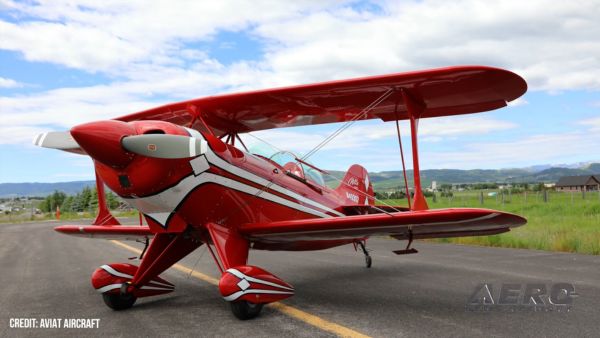Bombardier tells ANN
that Transport Canada, the FAA and EASA have granted full
operational approval for the Bombardier Enhanced Vision System
(BEVS).
BEVS provides pilots with improved situational awareness and the
ability to observe runway lights and the runway environment in
difficult operating conditions. The system is a standard feature on
the new ultra long-range Global Express XRS aircraft, scheduled for
entry into customer service in the first quarter of 2006. It is
also available as an option on the high-speed Bombardier Global
5000 jet and as a retrofit for Global Express aircraft currently in
service.
“This innovative technology is among the first certified
to the latest TC and FAA standards for Enhanced Flight Vision
Systems (EFVS),” said Jeff Petzke, engineering director for
the Global product line. “Global operators will immediately
benefit from the increased safety for flight crews and passengers.
In low visibility conditions, BEVS can also enable pilots to
descend below published minimums and use the system as a visual
reference to the runway, making airports more accessible more
often.”
Both TC and the FAA provided system certification late this
summer, while EASA provided its approval this autumn. TC and the
FAA completed joint flight-testing on February 3, 2005; EASA
finished its flight-testing on March 15, 2005.
The operational acceptance process, which included flight
simulator and training evaluations, concluded with successful
electro-magnetic interference tests on a production Bombardier
Global Express aircraft. The system was evaluated in all phases of
flight -- taxi, takeoff, approach and landing, over a wide range of
terrain, in varying environmental conditions such as at night time,
in snow, in rain and in fog -- for a total of over 175 flight
hours.
In accordance with recent FAA rule changes to enhanced vision
flight systems, BEVS allows aircraft to fly straight-in approaches
down to a decision altitude of 100 feet (30.48 m) Height Above
Threshold (HAT). Operators of Canadian registered aircraft are able
to apply for an exemption from current rules; effectively granting
them the same level of operational benefits afforded FAA registered
aircraft. Until EASA introduces new regulations on EFVS, pilots of
BEVS equipped aircraft will only be able to use the system for
situational awareness when operating in that jurisdiction.
Operators selecting
BEVS benefit from several advantages over other systems. The
SureSight infrared camera provides superior sensitivity and
advanced processing of real-time images in darkness or
low-visibility conditions. The camera’s positioning on the
upper portion of the aircraft nose places the BEVS directly in line
with the pilot's visual reference point and makes cockpit views
more natural.
The BEVS HUD display -- 28 per cent larger than any other
commercially available heads-up display (HUD) -- provides pilots
with the fullest and most comprehensive flight-guidance symbology
available, as the same information is displayed in both HUD-only
and in EVS modes.
BEVS' imagery is shared with the co-pilot through a unique
head-down display that provides the same level of situational
awareness for better communication during critical phases of
flight. BEVS was developed in cooperation with Thales Avionics, the
overall HUDS and EFVS integrator, and CMC Electronics, which
supplies the SureSight InfraRed camera.
 ANN's Daily Aero-Term (06.02.25): Minimum Friction Level
ANN's Daily Aero-Term (06.02.25): Minimum Friction Level ANN's Daily Aero-Linx (06.02.25)
ANN's Daily Aero-Linx (06.02.25) NTSB Prelim: Champion 7ECA
NTSB Prelim: Champion 7ECA Classic Klyde Morris (From 06.10.22)
Classic Klyde Morris (From 06.10.22) Airborne 05.30.25: Anti-Helicopter Bill, PW Strike Done, All-Electric Bristell
Airborne 05.30.25: Anti-Helicopter Bill, PW Strike Done, All-Electric Bristell


